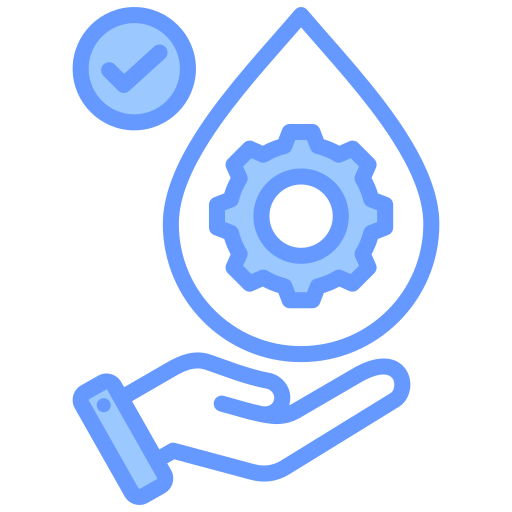
1,5 year have already passed since the launch of the InnWater project! A good opportunity to have a look at the results achieved so far and outline the next steps. The project is divided into four complementary pillars:
1. Improved water governance assessment framework
 |
This pillar aims to evaluate current governance approaches and organizational models across various scales, identifying best practices for organizational frameworks and methods. InnWater has already worked on an enhanced Water Governance Assessment Tool, which has been tested in two pilot sites. One in the pilot site #1 at Réunion Island (France) and the second in pilot site #4 at Westcountry (UK). In the future, testing will continue in the remaining pilot sites (Brenta in Italy, Figueres in Spain and Middle Tisza in Hungary). Looking ahead, the project will publish a reference guide for programming. This guide will offer structured, concise information and practical guidance to assist water managers and practitioners in governance-related actions. |
2. Stakeholders engagement
|
The second pillar aims to engage local stakeholders in water governance, considering the WEFE+H sectors (water, energy, food, ecosystems, health). It focuses on citizen engagement, providing key principles, practical guidance and tailored recommandations for the different pilot site and furthermore. In the project’s first phase, a review of EU citizen engagement practices was completed, offering insights into practices and core challenges. Additionally, InnWater developed the Citizen Engagement Methodology, which provides practical guidelines for engaging local communities in water governance. These guidelines have already been shared with the pilot sit However, there is more work ahead! InnWater is currently refining the citizen engagement method for each of the pilot sites. The methodology will soon include guidance for assessing and reporting the outcomes of citizen engagement. This pillar will ultimately expand the involvement of local community stakeholders in decision-making processes, with particular emphasis on increasing the participation of under-represented groups, including minority and vulnerable communities, in decision-making and its potential benefits. |
 |
3. Economic and financial tools for basins authorities and utilities
 |
Local water management must align with the economic realities of each region. In this pillar, as throughout the project, a cross-sectoral approach is used to provide a comprehensive overview that supports informed decision-making. The combination of the two models will allow for an integrated planning of sectoral water uses. |
4. Social innovation supporting InnWater Governance platform
|
The final pillar focuses on consolidating all project results into a single, accessible platform. Designed for use by both citizen and water managers, this platform, under development, will include learning tools to ensure the understanding and adoption of the project’s outcomes. One of the online tools, the Water Governance Diagnostic Tool, which provides stakeholders with a matrix to assess water governance systems, has been tested in the Westcountry pilot site. A first Policy Brief has also been published. |
 |
More updates are on the way! Stay tuned on our social media channels for the latest progress on the project!